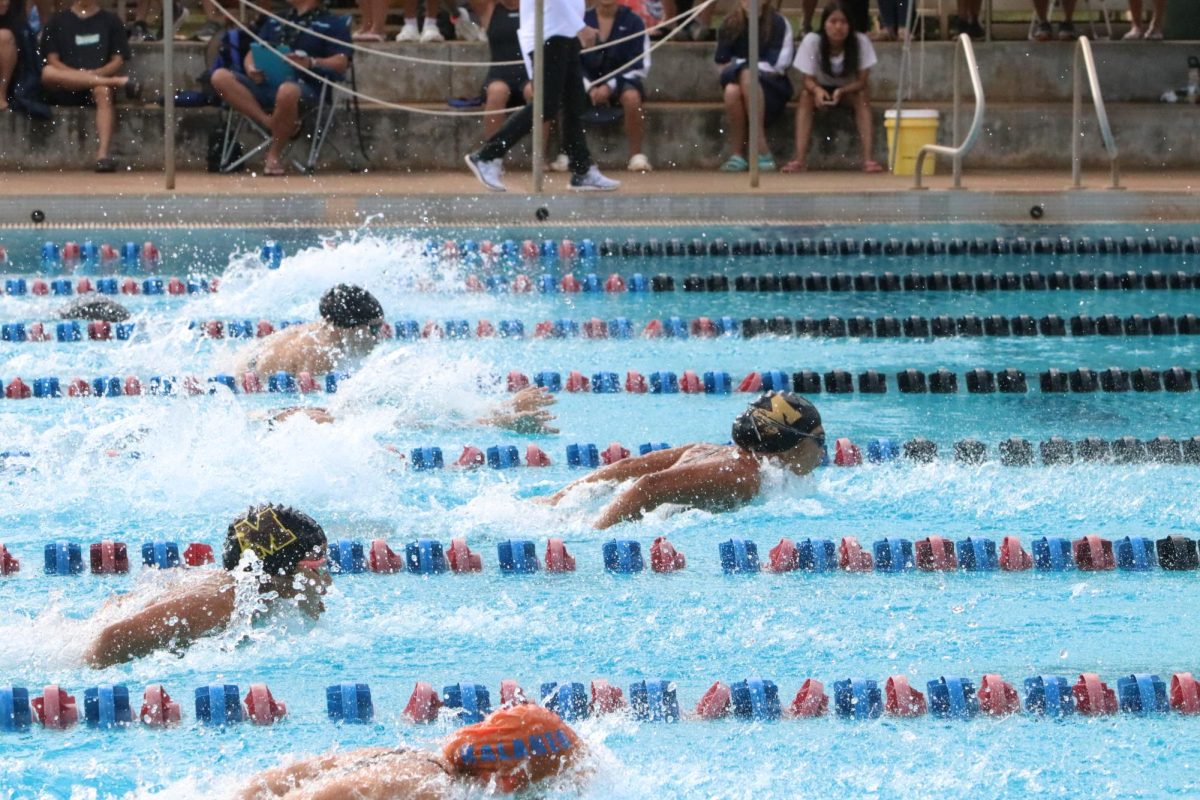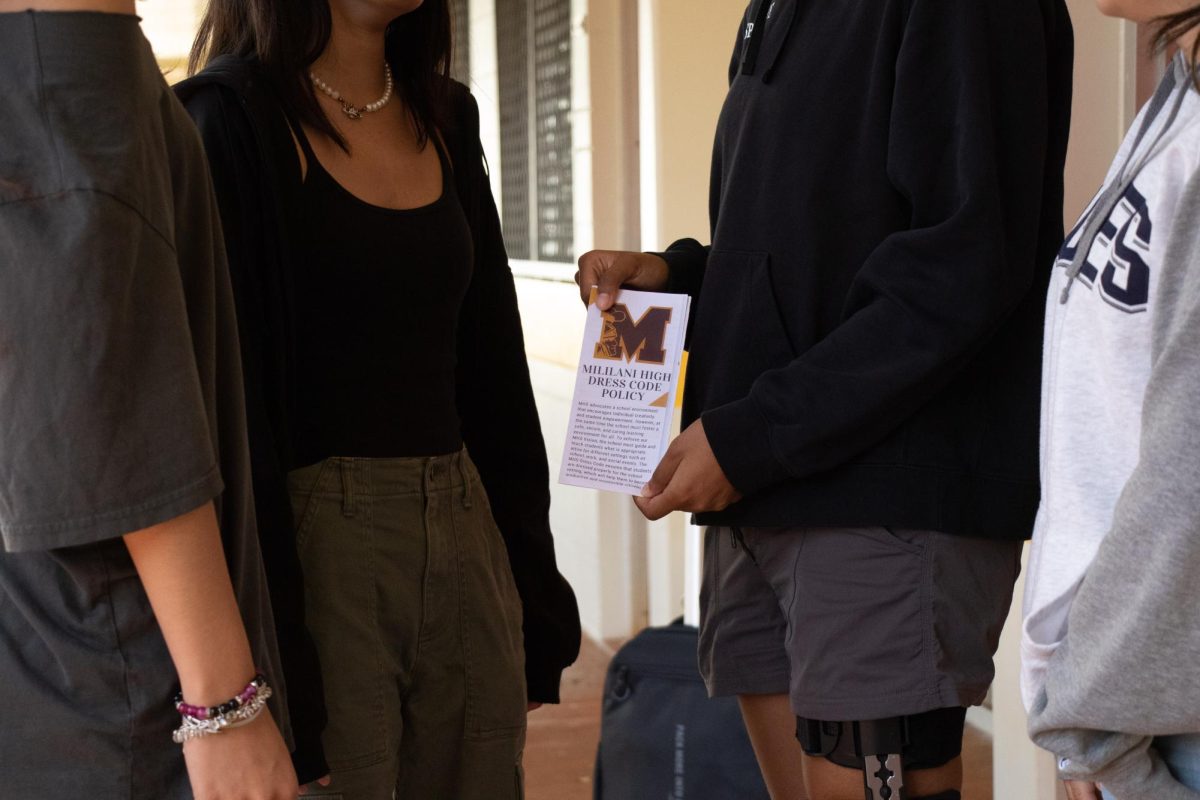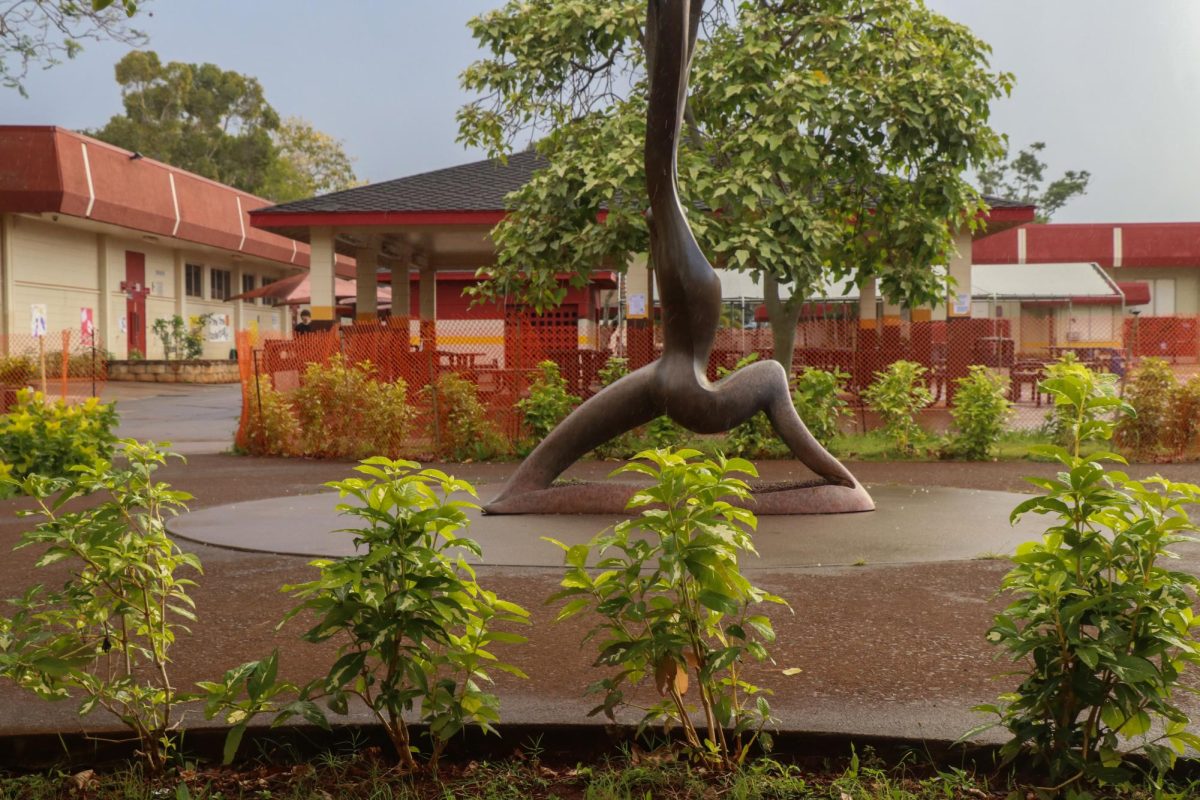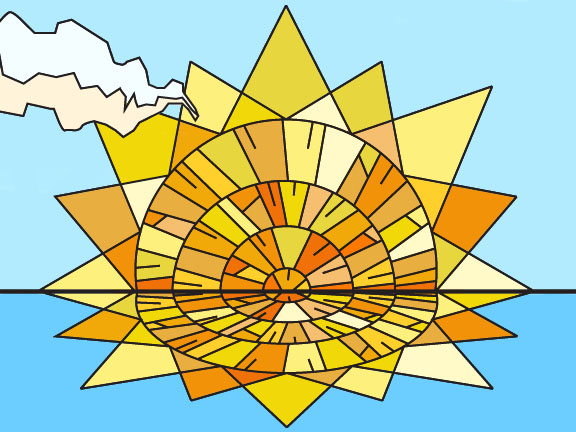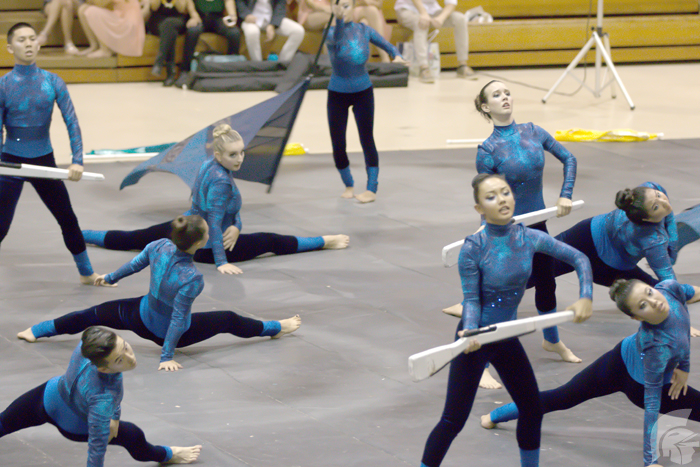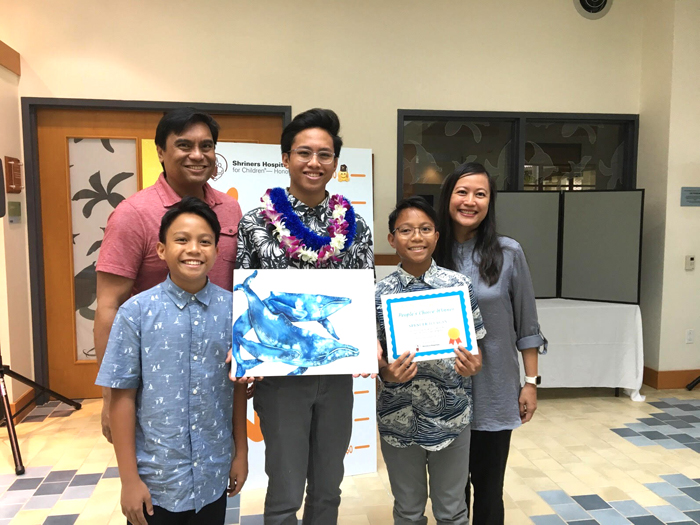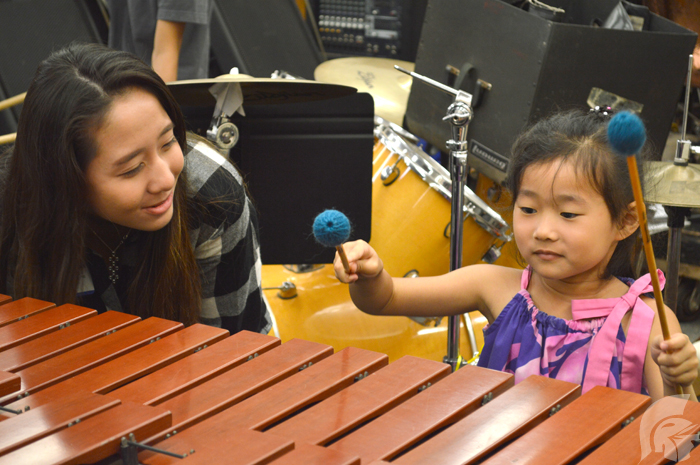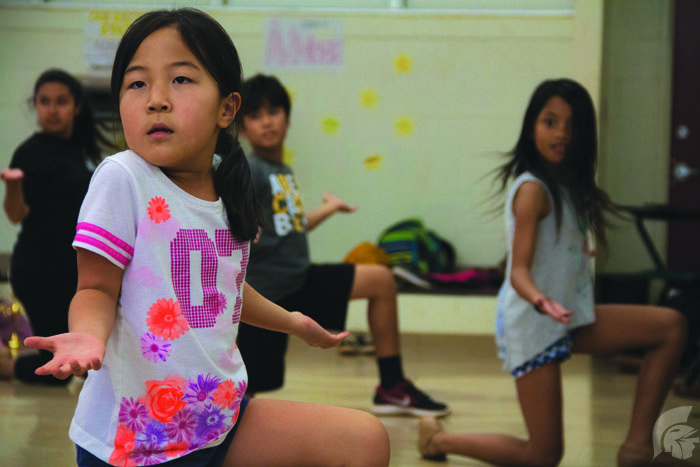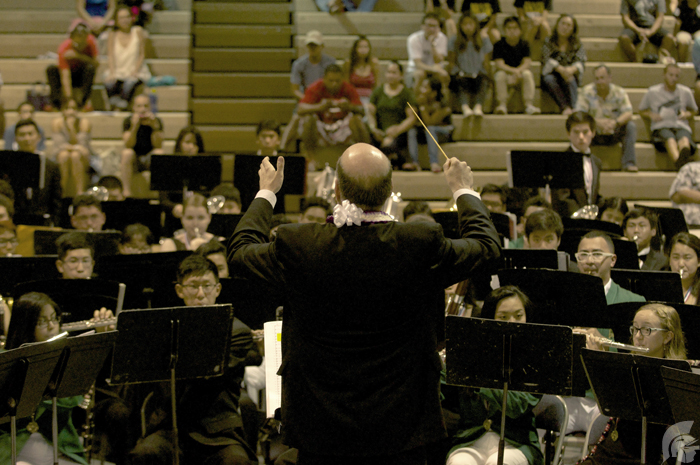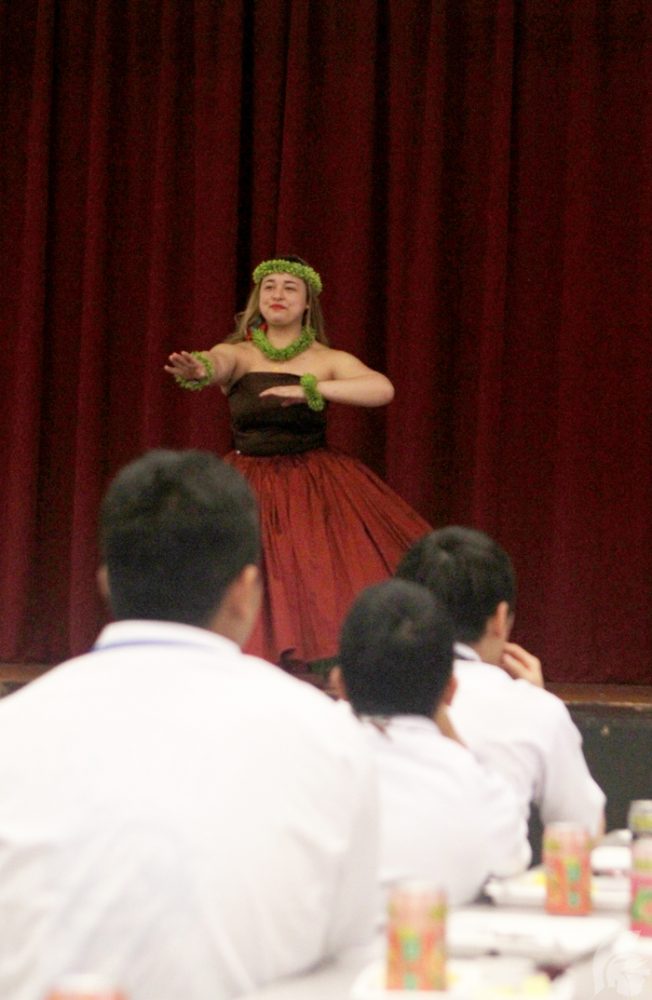By Maiya Ezawa
[email protected]
MHS Science Technology Engineering and Math (STEM) students will be attending the Hawaii State Science Fair Competition on April 17 to 20 at the Hawaii State Convention Center. The event follows their victories at the Central Oahu District Science Fair on Feb. 11 at Honolulu Community College. To qualify, these students had their projects selected by judges in both the school and district competitions based on presentation, real-world application and thorough research.
“I think (STEM programs) could (be very beneficial) because the future of America depends on this generation, and what humans fear the most is what they don’t know. Science can really help us figure out what’s going on,” stated Sophomore Lindsay Shiroma.
Students enter the competition through their science teacher, who then serves as their mentor throughout the duration of the project. However, the majority of the projects still lies within the students. “Our teachers helped us a lot in the duration of our project. (Namthip) Sitachitta and (Christopher) Johnson guided us and mentored us in our researching, experimentation and presentation process. They helped us get through difficult problems and issues that we encountered when we were coming up with the experimental design. They also gave us lots of helpful advice that encourage us to continue to improve and work hard,” stated Sophomore Min-Hua (Cindy) Tsuo.
To demonstrate their knowledge in the realm of scientific investigation, students had to develop their own procedures and analyze their results in an experiment of their choosing. “(Shiroma and my) project was on researching and experimenting to find out the most efficient nutrient levels for algal growth. We conducted our experiment by designing and building a photobioreactor that can provide the algae with carbon dioxide, oxygen and aquarium growth lights for a optimal growth environment. Through this experiment, we found that the 0.8 sodium nitrate group and 1.0 sodium phosphate group had the optimal growth, as well an interesting correlation between the nutrients and the amount of biomass produced in saltwater algae,” explained Tsuo.
In addition to having a sophisticated experiment, science fair projects must also have real world applications. Tsuo and Shiroma won first place at the district level and are going straight to the Intel Science and Engineering Fair in Los Angeles for their investigation in the optimization of algae growth in saltwater conditions. “Well, today the world is running on a lot of unsustainable sources and, like fossil fuels and such. And using algae, we found it can be used as an alternative source. And using saltwater is really good because first of all, it doesn’t take up our freshwater supply since there’s a lot of (saltwater) in Hawaii because we’re in the middle of the ocean,” explained Shiroma.
Science fair participants prepare their presentation months in advance, sometimes even expanding previous projects from competitions in past years, in hopes of reporting the most accurate and relevant results possible. “Since this was a continuation project from previous years, the idea for making a science fair project for Microbial Fuel Cells remained. This year I wanted to focus on the optimization of Microbial Fuel Cells through the use of isolated bacteria found from the soil which was identified through 16S rRNA testing and compare this ultimately to other common bacteria used in labs but not commonly found in the soil to see if there is any difference in using different types of bacterium that leads to a significant electrical output,” said Sophomore Shakson Isaac.
Despite having presentations strong enough to move on to higher level competitions, competitors still have weaknesses and goals they intend to improve on. “If we were going to continue it we would test our experiment out with more nutrients, maybe combine sodium phosphate and sodium nitrate,” stated Shiroma. “My goal for the upcoming competition is to do my best. Compared to my past science fair projects, this current project is better because of the maintained controls and better applications it has,” added Isaac.
Participation in both the state and national levels has led STEM students to continue to take the first steps into the future of science engineering and technology.

